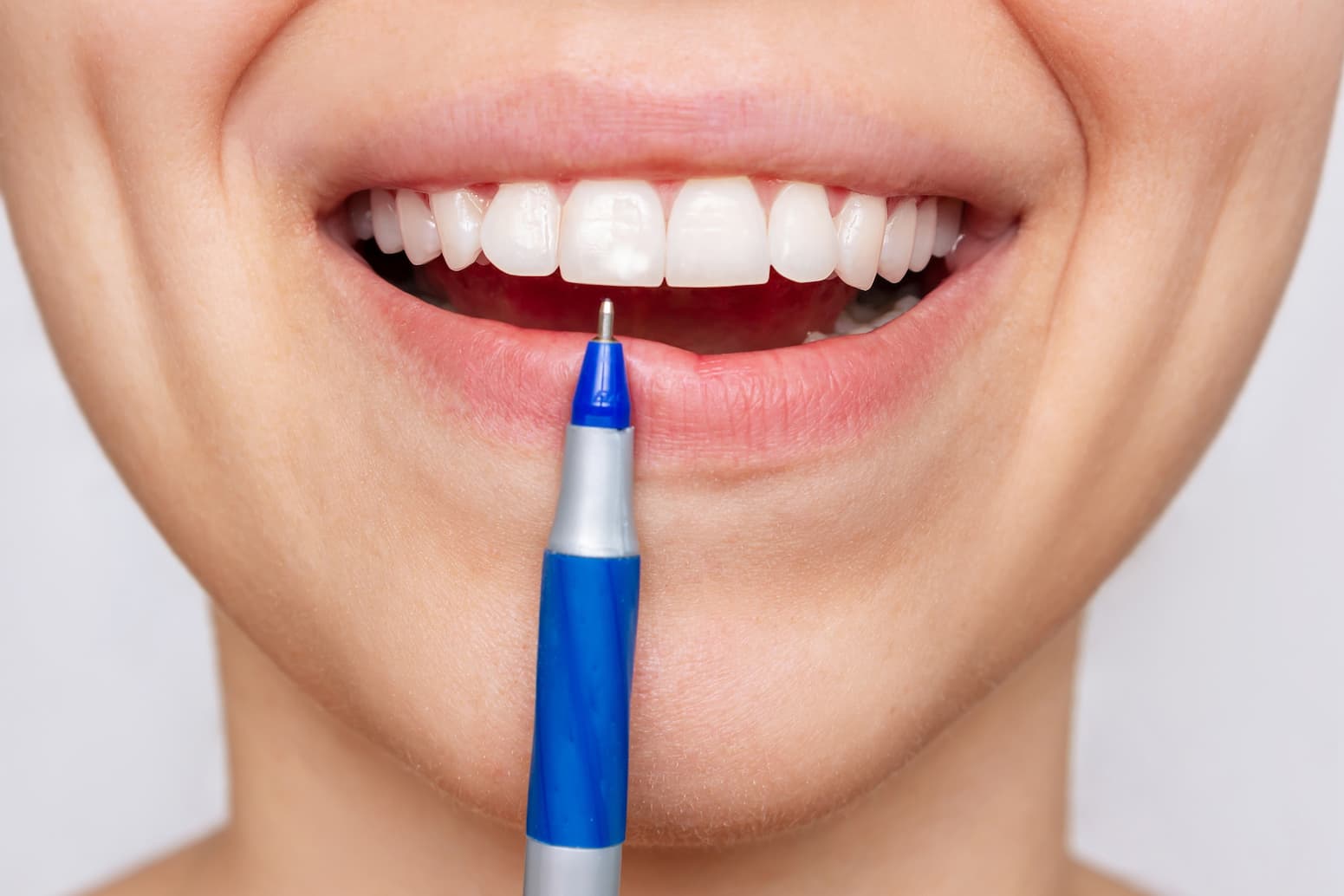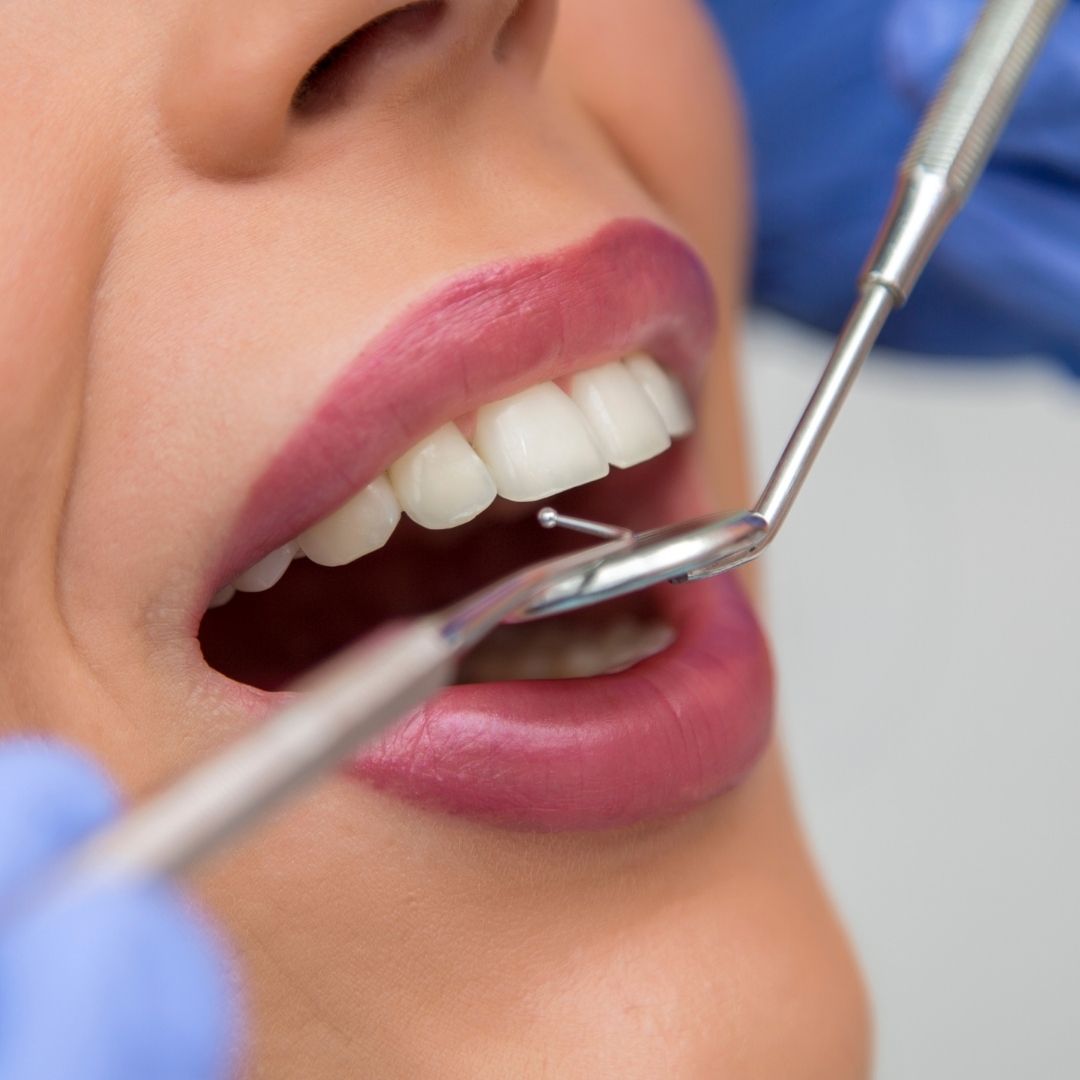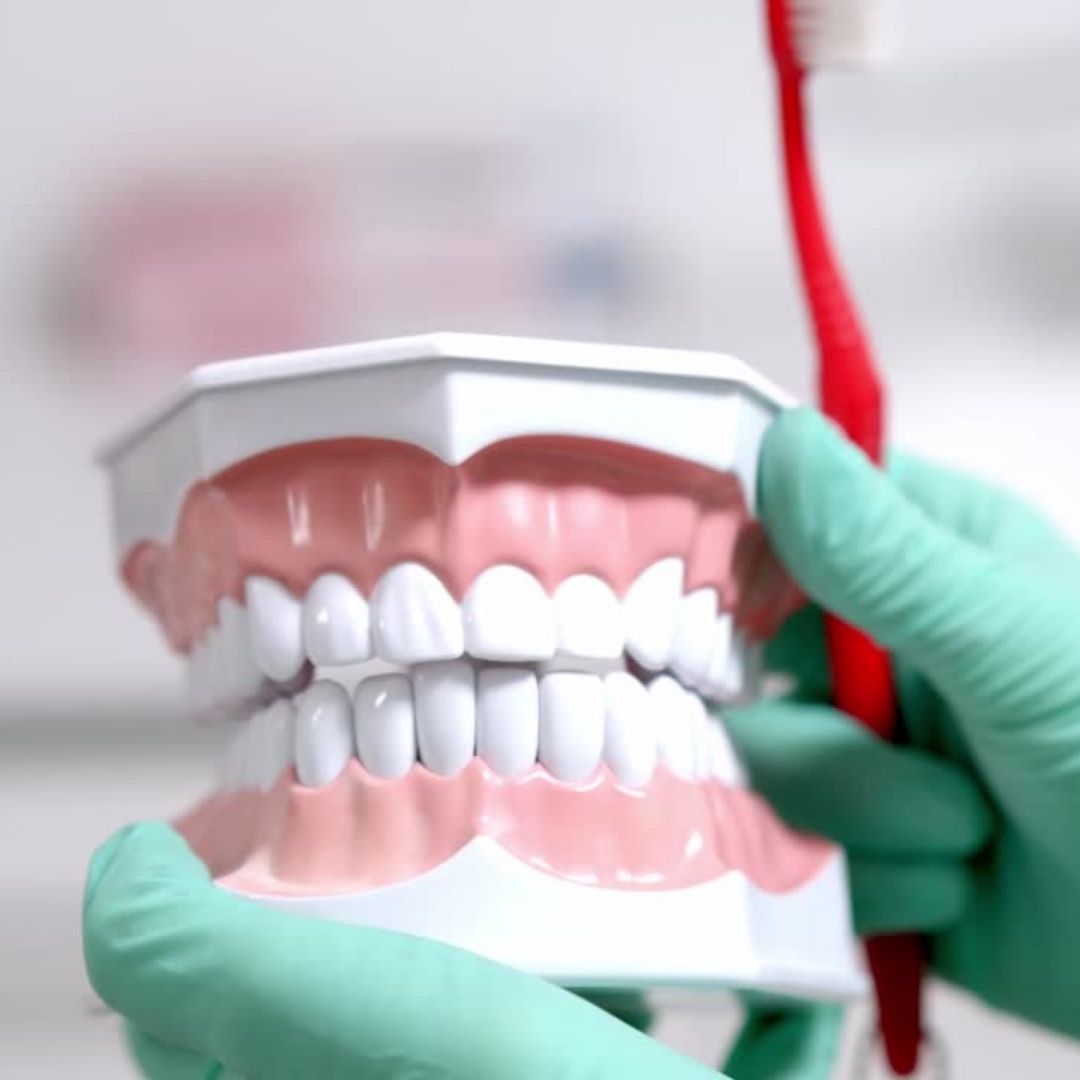
White Spots on Teeth
White marks on teeth can be a cosmetic concern for many people. These white spots can be caused by various factors, including poor oral hygiene, excessive intake of sugary and acidic foods, and dental fluorosis. In this article, we will discuss the causes of white spots on teeth, treatment options, and prevention strategies. Understanding the reasons behind white marks on teeth is essential for effective treatment and prevention.
What Causes White Spots on Teeth?
There are various reasons why white marks can appear on teeth. One common cause is dental fluorosis, a condition that occurs when a person ingests too much fluoride during the developmental stage of the teeth. This excess fluoride can cause white marks to appear on the enamel of the teeth. Fluoride is an essential mineral for healthy teeth, but too much of it can lead to dental fluorosis.
Another reason for white spots on the baby’s teeth is poor oral hygiene. When a person does not brush and floss regularly, plaque and bacteria can build up on the teeth, leading to enamel erosion and the formation of white spots. In addition, white spots can also be caused by enamel hypoplasia, a condition in which the enamel does not develop properly. This can be due to genetics, malnutrition, or an illness during childhood.
Treatment of White Spots on Teeth
Treatment for white spots on teeth depends on the cause and severity of the condition. Here are some common treatments for white spots on teeth:
Microabrasion: This treatment involves using a special paste and a handpiece to gently remove a thin layer of enamel from the affected tooth. This can help to remove the white marks on teeth and improve the appearance of the tooth.
Teeth whitening: Teeth whitening can be used to lighten the color of the surrounding teeth and reduce the appearance of big white teeth. Professional teeth whitening treatments may involve the use of bleaching agents or laser therapy.
Dental bonding: Dental bonding involves applying a tooth-colored resin material to the affected tooth to fill in the white spots on the teeth adults and improve the appearance of the tooth. This treatment can be completed in a single office visit.
Veneers or crowns: In severe cases, veneers or crowns may be necessary to restore the appearance of the affected teeth with white marks on teeth. Veneers are thin, custom-made shells to fit over the front surface of the teeth, while crowns are caps that are placed over the entire tooth.
Remineralization: In some cases, remineralization treatments for white spots on teeth adults may be used to help restore the enamel and reduce the appearance of white spots. These treatments may involve the use of fluoride, calcium, or phosphate to help strengthen the tooth enamel.
It’s important to note that the best treatment for white marks on teeth will depend on the cause and severity of the condition. Consult with your dentist to determine the appropriate treatment for your specific situation. Additionally, practicing good oral hygiene and taking steps to prevent white spots can help reduce the need for treatment in the first place.

How to Prevent White Spots on Teeth?
Preventing big white teeth involves maintaining good oral hygiene, avoiding excessive fluoride exposure, and limiting sugary or acidic foods and drinks. Here are some tips to prevent big white teeth:
Practice good oral hygiene: Brush your teeth twice a day with fluoride toothpaste, floss daily, and visit your dentist regularly for cleanings and checkups. Removing plaque and bacteria from your teeth can help prevent enamel erosion and decay, which can lead to white spots.
Limit sugary or acidic foods and drinks: Foods and drinks that are high in sugar or acid can erode enamel and contribute to white spots on teeth. Limit your consumption of soda, candy, and other sugary or acidic foods and drinks. If you do consume them, rinse your mouth with water afterward to help neutralize the acid.
Use fluoride toothpaste and mouthwash: Fluoride can strengthen tooth enamel and help prevent decay. Use fluoride toothpaste and mouthwash to help protect your teeth.
Monitor fluoride intake: While fluoride can be beneficial for preventing tooth decay, excessive fluoride intake can cause dental fluorosis and lead to white spots on teeth. Monitor your fluoride intake from sources such as water, toothpaste, and mouthwash, and use them appropriately.
Consider dental sealants: Dental sealants are a protective coating that can be applied to the chewing surfaces of the back teeth to help prevent decay. They can be especially beneficial for children and teens who are at a higher risk of developing cavities.
By following these tips and maintaining good oral hygiene, you can help prevent white marks on teeth and maintain a healthy, confident smile. If you do notice white marks on your teeth, consult with your dentist to determine the cause and appropriate treatment.
Different Types of White Spots on Teeth
There are several different types of white spots on teeth, each with its own causes and treatments. Some of the most common types of white spots on teeth include:
Dental fluorosis: This condition is caused by excessive fluoride intake during tooth development and can result in white or brown spots on the teeth. Treatment may involve microabrasion or dental bonding.
Enamel hypoplasia: This condition is caused by the improper development of tooth enamel and can result in white or yellow spots on the teeth. Treatment may involve dental bonding or veneers.
Decalcification: This occurs when the enamel loses minerals and can lead to white or chalky spots on the teeth. Treatment may involve teeth whitening or dental bonding.
White spot lesions: These are areas of the tooth where the enamel has weakened due to acid erosion, often caused by poor oral hygiene or a diet high in sugary or acidic foods. Treatment may involve microabrasion, teeth whitening, or dental bonding.
White Spots on Teeth in Children
White spots on babys teeth are a common problem that can be caused by various factors. One of the most common causes is poor oral hygiene, which can lead to plaque buildup and enamel erosion. Parents can prevent white spots on their children’s teeth by encouraging good oral hygiene practices, such as brushing twice a day with fluoride toothpaste and flossing daily.
Another cause of white spots on babys teeth is excessive fluoride intake. Children who ingest too much fluoride during the developmental stage of their teeth can develop dental fluorosis, which can cause white or brown spots on the teeth. To prevent this, parents should monitor their children’s fluoride intake and ensure they are using the appropriate amount of fluoride toothpaste.
White Spots on Teeth in Adults
White spots on teeth adults can be caused by various factors, including poor oral hygiene, enamel hypoplasia, and decalcification. In addition, adults who undergo orthodontic treatment with braces may develop white spots on their teeth due to difficulty cleaning around the brackets and wires.
Treatment for white spots on teeth adults may include professional teeth cleaning, teeth whitening, or dental bonding. In severe cases, veneers or crowns may be necessary to restore the appearance of the teeth. Additionally, adults can prevent white spots on their teeth by practicing good oral hygiene and avoiding sugary or acidic foods and drinks.
The Study of White Spot on Teeth
In a recent study published in the Journal of Dental Research, researchers investigated the efficacy of various remineralization treatments on white marks caused by enamel hypoplasia. The study found that dental bonding, which involves applying a tooth-colored resin material to the affected tooth, was the most effective treatment in improving the appearance of white marks in cases of enamel hypoplasia. This research provides valuable insights into the treatment options for specific types of white marks on teeth, helping dental professionals make more informed decisions for their patients.
Healthy Türkiye Notes About White Spots on Teeth
White spots on teeth, including on baby’s teeth, can be a source of embarrassment and self-consciousness for many people. They can be caused by various factors, including poor oral hygiene, excessive fluoride intake, and enamel hypoplasia. Treatment for white spots on teeth depends on the cause and severity of the condition and may include professional teeth cleaning teeth whitening, or dental bonding.
Preventing white spots on teeth involves maintaining good oral hygiene, avoiding excessive fluoride exposure, and limiting sugary or acidic foods and drinks. Parents can take steps to prevent white spots on their children’s teeth by monitoring their fluoride intake and encouraging good oral hygiene practices.
Overall, by practicing good oral hygiene and taking steps to prevent excessive fluoride exposure, people can reduce their risk of developing white spots on their teeth and maintain a healthy, confident smile.



